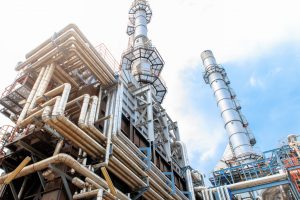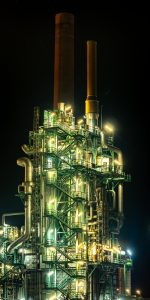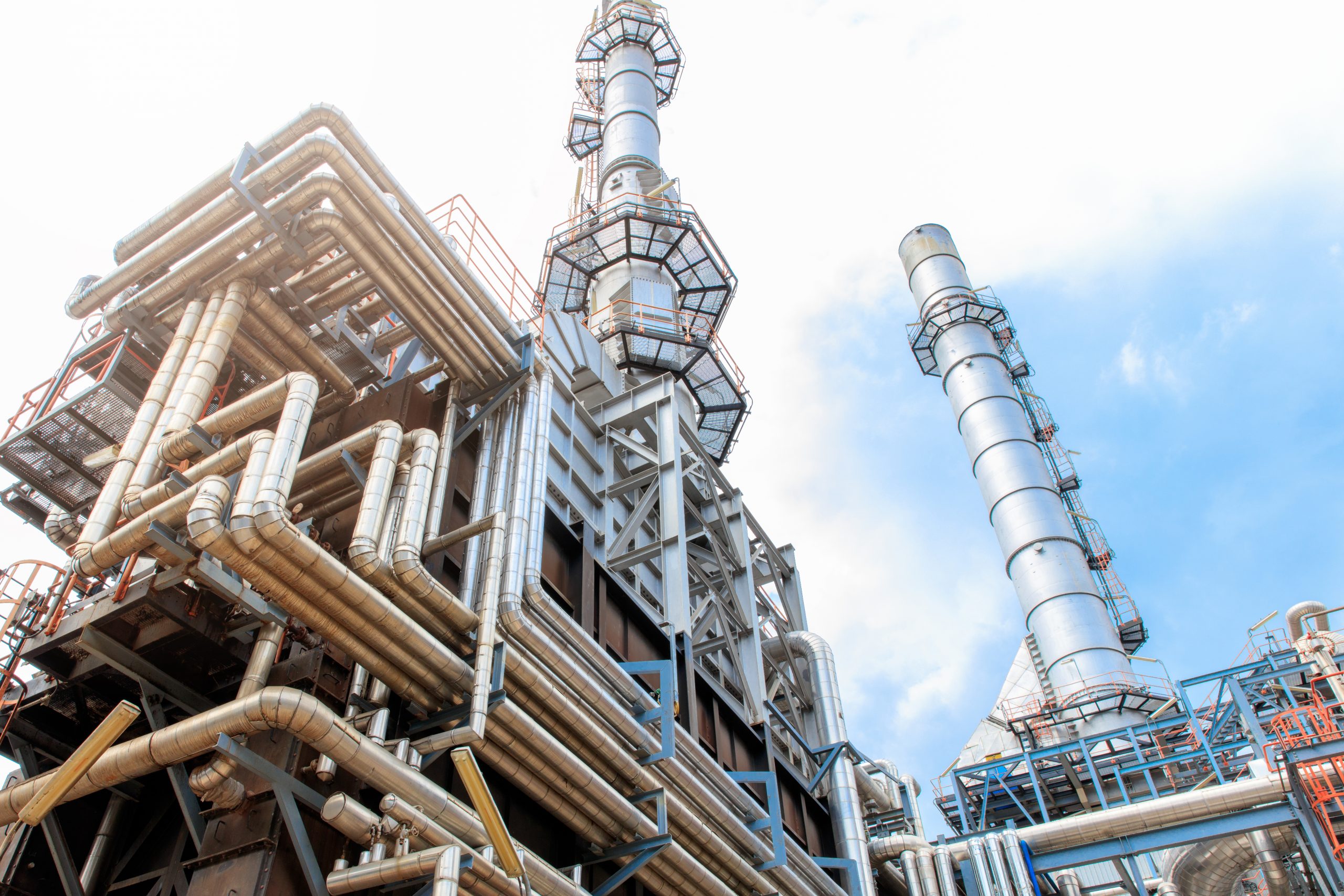Catalysis for promoting industrial sustainability
To discuss detailed C-THRU research updates, further the team’s knowledge, and promote collaboration, the C-THRU researchers have been holding regular seminars. In April’s seminar session, Dr. Phillip Christopher (Process energy and emissions analysis) gave a presentation on the role of catalysis in promoting industrial sustainability.
Dr. Christopher’s research mainly focuses on development and understanding of catalytic processes and multi-scale design of catalytic materials/processes for improved production efficiency.
The main sources of the total energy loss in producing major chemicals are low selectivity and excess energy use (compared to the thermodynamic requirements) to drive chemical reactions. This necessitates the development of more active and selective catalysts. These catalysts minimise the energy loss of the process by reducing the required energy (in terms of lower operating temperature and pressure requirements) and thus minimise the resulting emissions. It has been estimated that catalysis and relative improvements can reduce energy intensity of the chemical industry up to 20-40% by 2050.
In his talk, Dr. Christopher elaborated on the potential of catalysis by providing case studies. One example was the emission reductions from the automotive industry through deriving more selective and reactive catalysts. To reduce the amount of unregulated NH3 and N2O emitted directly from the tailpipe of the car, the effects of catalysts composition implemented in the catalytic converter were evaluated (including the automotive standard catalyst used in the catalytic converter as 0.2% Rh/Al2O3). In this direction, catalysts with different loads of rhodium on alumina support were synthesised and implemented in the lab-scale reactor with a gas flow (which mimics the automotive exhaust) to investigate what was happening in the catalytic converter by measuring the amount of NH3 and N2O produced. It was identified that catalysts with clustered rhodium on the alumina support could improve the reaction selectivity compared to catalysts with single rhodium atoms. Therefore, to make a catalytic converter with minimised NH3 and N2O emissions, it is essential to minimise the amount of single rhodium atoms in the implemented catalyst.
As another case study, Dr. Christopher talked about the ethylene epoxidation process (for ethylene oxide production) which is the largest scale chemical production process where poor selectivity is the source of CO2. During this seminar, it was shown how controlling catalyst surface structure, size, and homogeneity and designing catalytic materials with improved selectivity can lead to minimising the unwanted byproducts during this process.
Also discussed was how the development and design of new catalysts plays an important role in the exploitation of new energy sources with low-carbon intensity. This includes the switch from conventional technology (with burning fossil fuels) to less emission intensive sources (such as decarbonised electricity) to derive the chemistry of a process. A promising option in this direction is the shift from the thermal heaters to electrical heaters for the industrial processes which requires designing new catalysts and redesigning reactors.
More information on catalysis can be found on Dr. Christopher’s research group website here.
Photo credit: Tasos Mansour






